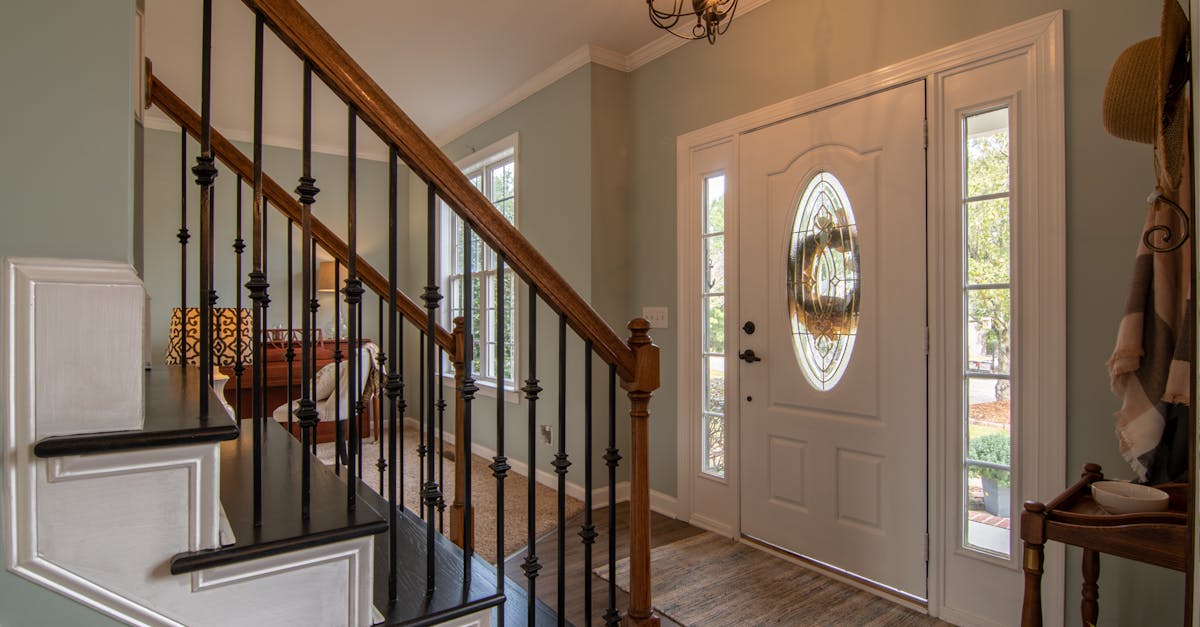Real Estate And Aging-in-place Technology: Adapting Homes For Seniors

Introduction
The aging population is growing rapidly, and as people get older, they often face challenges in maintaining their independence and quality of life. One solution that has gained popularity in recent years is the concept of aging-in-place technology. This technology allows seniors to stay in their own homes safely and comfortably as they age, rather than having to move to assisted living facilities or nursing homes.
Benefits of Aging-in-Place Technology
Aging-in-place technology offers a wide range of benefits for seniors and their families. One of the key advantages is the ability to maintain independence and control over one's living situation. With the help of smart home devices, seniors can automate tasks, monitor their health, and communicate with loved ones more easily.
Another benefit of aging-in-place technology is the potential cost savings. Moving to an assisted living facility or nursing home can be expensive, and for many seniors, it's simply not a feasible option. By investing in technology that allows them to stay in their own homes, seniors can avoid the high costs associated with long-term care facilities.
Real Estate Trends
As the demand for aging-in-place technology grows, it's also impacting the real estate market. Home builders and developers are increasingly incorporating smart home features and accessibility modifications into their designs to appeal to older buyers. Features like grab bars in bathrooms, wider doorways, and lever-style door handles are becoming more common in new construction.
Additionally, real estate agents and home sellers are realizing the value of promoting a home's aging-in-place features. Listings that highlight smart home technology and accessibility modifications can attract a larger pool of potential buyers, including older adults who are looking for a home that will meet their long-term needs.
Challenges and Considerations
While aging-in-place technology offers many benefits, there are also challenges to consider. One of the main concerns is privacy and security. Seniors may be reluctant to adopt smart home devices if they are worried about their data being compromised or their movements being monitored.
Another challenge is the cost of implementing aging-in-place technology. While some devices are relatively affordable, others can be quite expensive. Seniors on fixed incomes may struggle to afford the upfront costs of purchasing and installing smart home devices.
Conclusion
In conclusion, aging-in-place technology is a valuable tool for helping seniors live independently and safely in their own homes. By combining real estate trends with advancements in technology, we can create living spaces that are both functional and comfortable for older adults. However, it's important to consider the challenges and potential drawbacks of this technology in order to create solutions that truly benefit seniors and their families.